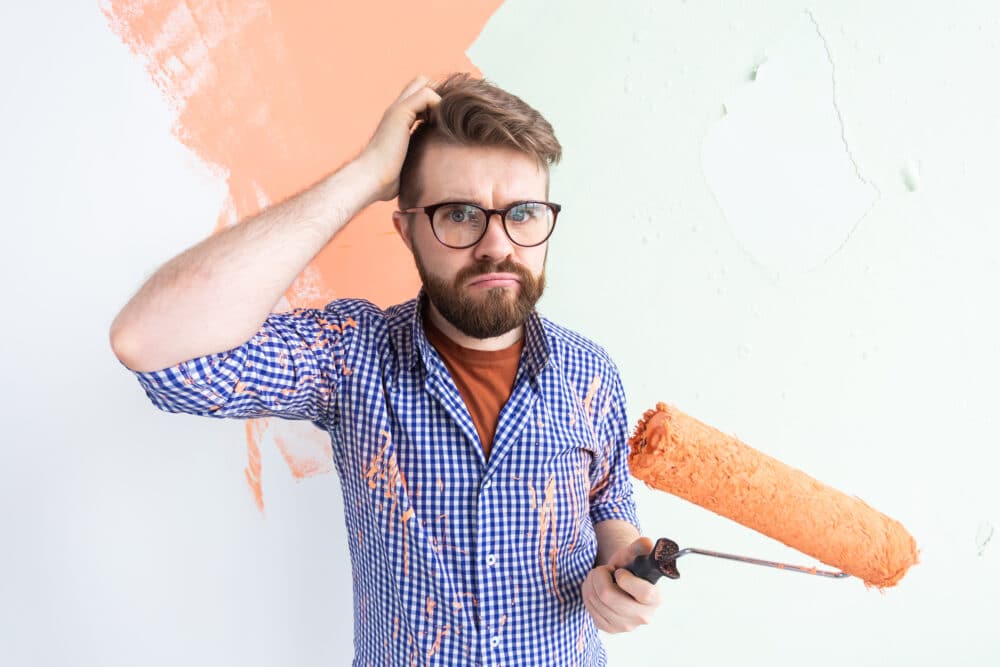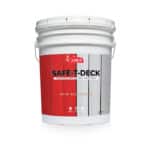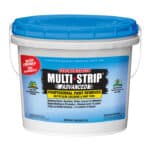
“Give me the cheapest brand you got.” Painting walls is a popular DIY project that most people think is easy to tackle. However, customers often know little about what quality of paint works best, how many gallons to buy, or how to apply it. Rather than asking for help, shoppers often wander around paint departments hoping to figure it all out for themselves. Here’s where independent retailers can step in to offer their customers expert advice that points them in the right direction.
Cheap Paint Costs More in the Long Run
Paint consists of pigments (color), solvents (liquid), resins (binder), and additives (performance attributes). Less expensive paints are formulated with a high volume of solvents. This is the ingredient that makes paint liquid and evaporates as it dries. Adding more solvents reduces the pigments and resins by about 50 percent in a gallon of paint.
Cheap paint is primarily water or mineral spirits. Once the paint is applied, it can require up to four coats before enough pigment is left on the wall to cover the original color. It’s best to encourage customers to trade-up by explaining the benefits of paints that are paint and primer in one, stain-blocking, or mold-killing without disparaging the opening price point brands. This information helps customers make informed decisions not solely based on cost.
Water-Based (latex) vs. Oil-Based (alkyd)
Water-based paint uses water as a solvent. It is also called latex paint, although it doesn’t contain latex. Those water-based paint that has acrylic are acrylic-latex paints. These paints are the most common types used for painting homes. They clean up easily with soap and water, are environmentally friendly (low VOCs), dry quickly, and prevent mold and mildew.
Alkyd paints are most commonly used for areas in the home that receive the most wear, such as floors, trim, and cabinets. The longer drying time makes it less prone to showing brush strokes. A few of the drawbacks to alkyd paint are its cost, pungent odor, and cleanup requiring mineral spirits or paint thinner. Additionally, municipalities may restrict Alkyd paints to reduce the levels of hazardous materials entering waste streams.
Sheen: How shiny is the surface?
Customers can articulate if they want surfaces to look shiny or dull after painting. However, it’s harder to visualize the subtle nuances between glossier sheens. Flat paint has the slightest glow. It hides imperfections and has hardly any glare. Since this paint is not very washable, it is best used on ceilings.
Eggshell has a moderate sheen with little glare. It hides imperfections, and since it’s scrubbable, it can be used on almost any wall in the living area. However, it is not the best option for kitchens and baths. Similar to eggshell, satin has a moderate sheen, only slightly glossier. Eggshell and satin sheens are often used interchangeably.
Semi-gloss is the preference for bathrooms, kitchens, and rooms that require washable and moisture-resistant paints. While eggshell and satin will also work, both should be used on surfaces that remain dry. Gloss paint is the shiniest sheen. Since it is durable and washable, it is an excellent option for doors, trims, and cabinets. Gloss reflects light and gives character to slight imperfections.
How many gallons do I need?
The simplest way to estimate how many gallons of paint to buy is to multiply the wall height by wall width. Now divide the total square footage by 350 since one gallon of paint covers 350 square feet. This calculation will change dependent on the number of coats of paint that are used.
Selecting the right Brushes or Rollers
Helping customers select the best paint tool for the job can generate add-on sales. The brush or roller chosen will depend on the type of paint used and the type of surface being covered. Some projects will require natural paintbrushes made of animal hair, whereas others will have better results with synthetic brushes.
Large-scale projects such as walls, ceilings, and floors may require rollers. The width and size are based on the surface being painted. Rollers cover large surfaces quickly and efficiently and can be used repeatedly by replacing the cover. There are several other painting tools customers will need to give projects a finishing touch. Asking a few questions about the project will help ensure shoppers don’t have to return to buy products they overlooked on an earlier visit.
Help Customers Figure it Out
People who shop at the neighborhood hardware store aren’t necessarily trying to save money. They know the folks who work at the store are happy to help them select the right products and advise how to use them correctly. The painting looks simple on the surface, but it’s much deeper than it appears. When it comes to painting, customers don’t know what they don’t know. They’ll appreciate it if you can help them figure it out.








